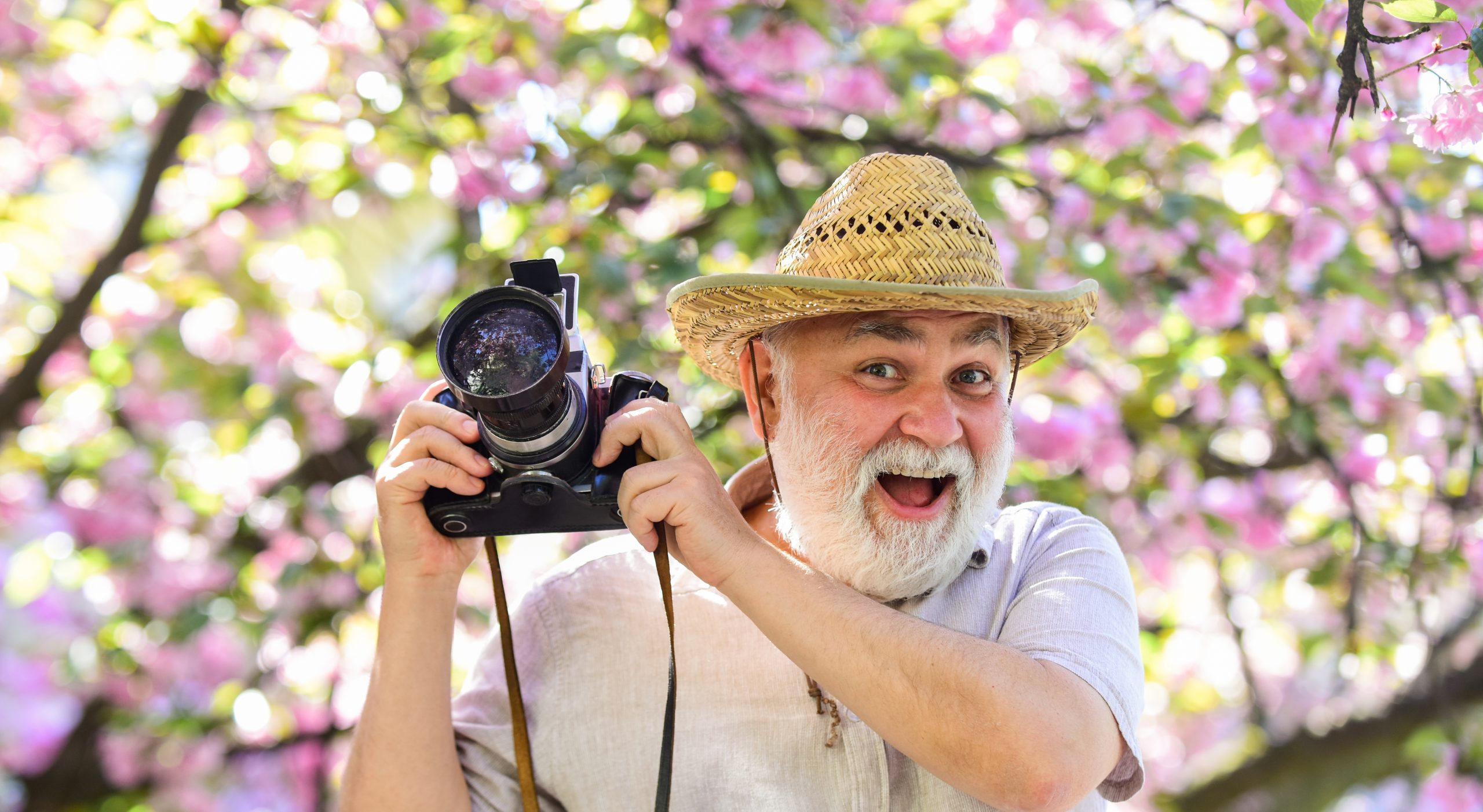Photography is a wonderful hobby that allows you to capture memories, express creativity, and explore the world from new perspectives. For seniors, photography can be particularly rewarding as it encourages physical activity, mental engagement, and social interaction. Whether you’re a beginner or looking to enhance your skills, here are some photography tips and techniques to help you get started and improve your craft.
Choosing the Right Equipment
1. Camera Selection: While smartphone cameras have become incredibly advanced, a dedicated digital camera can offer more control and better image quality. For beginners, a compact point-and-shoot camera is user-friendly and versatile. For those looking to explore more, a DSLR or mirrorless camera provides greater flexibility and creative options.
2. Lenses: If you opt for a DSLR or mirrorless camera, investing in a few lenses can greatly expand your photographic possibilities. A standard zoom lens (18-55mm) is great for everyday shots, while a prime lens (50mm) can offer sharp, high-quality images with a beautiful background blur.
3. Accessories: Consider essential accessories like a sturdy tripod for stability, especially in low light conditions, and an extra battery and memory card to avoid running out of power or space during your shoots.
Mastering the Basics
1. Composition: Understanding composition is key to creating visually appealing photos. The rule of thirds is a fundamental principle where you imagine your image divided into nine equal parts by two horizontal and two vertical lines. Place important elements along these lines or at their intersections to create balance and interest.
2. Lighting: Lighting can make or break a photo. Natural light is often the best option, so try to shoot during the golden hours—shortly after sunrise and before sunset—when the light is soft and warm. Avoid harsh midday sunlight, which can create strong shadows and highlights.
3. Focus and Exposure: Ensure your subject is in sharp focus by half-pressing the shutter button before taking the shot. For exposure, experiment with different settings to see how they affect the brightness and detail in your photos. Many cameras have an automatic mode that adjusts these settings for you, but learning manual controls can offer more creative freedom.
Exploring Advanced Techniques
1. Depth of Field: Depth of field refers to the area in focus in your photo. A shallow depth of field (with a blurred background) can be achieved by using a larger aperture (lower f-number). This technique is great for portraits, as it isolates the subject and makes it stand out.
2. Shutter Speed: Adjusting the shutter speed allows you to capture motion in different ways. A fast shutter speed freezes action, making it ideal for sports or wildlife photography. A slow shutter speed can create a sense of movement, such as the flow of water in a stream or light trails from moving cars.
3. Post-Processing: Editing your photos can enhance their quality and bring out the best in your shots. Simple adjustments like cropping, brightness, contrast, and color balance can make a big difference. Software like Adobe Lightroom or free alternatives like GIMP can be very useful.
Staying Inspired
1. Photography Projects: Engage in photography projects to stay motivated and improve your skills. Projects like a photo-a-day challenge, themed shoots, or documenting your travels can provide structure and purpose.
2. Join a Photography Group: Joining a local photography club or online community can offer support, inspiration, and constructive feedback. It’s also a great way to make new friends who share your interests.
3. Continuous Learning: Photography is a field where there’s always something new to learn. Attend workshops, take online courses, and read books or articles to continually enhance your knowledge and skills.
